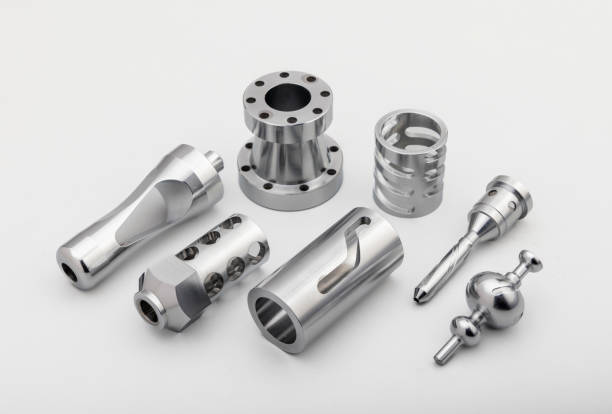Stepover is a fundamental concept in CNC (Computer Numerical Control) machining, particularly relevant when it comes to defining the path of a cutting tool. Whether you are new to CNC milling or seeking to optimize your machining processes, understanding stepover can help you achieve the perfect balance between speed, surface finish, and machining time. This comprehensive guide will break down what stepover is, how it impacts the machining process, and how to choose the ideal stepover for different projects. Let’s dive right in!
Understanding Stepover: A Fundamental Concept
Stepover is defined as the distance between two adjacent passes of a cutting tool as it moves across the workpiece during machining. Essentially, it dictates how much the cutter overlaps its previous path. In CNC machining, stepover plays a vital role in determining both surface finish and machining time.
- Toolpath Overlap: Imagine that you are mowing a lawn. The amount that your new pass overlaps with the previous one is akin to stepover. The more overlap you have, the finer the job will look, but it will take more time.
- Precision and Finish: A smaller stepover yields a finer surface finish, but increases the machining time, whereas a larger stepover speeds up the machining process but at the cost of quality.
A CNC machine requires precise movements, which means reliable components like spindle motors are critical for achieving the desired finish. High-quality spindles, such as the 2.2KW ER20 Air-Cooled Spindle, ensure the accuracy needed for machining operations. 
Why Stepover Matters in CNC Machining
Stepover affects a number of key factors in CNC machining, and understanding its implications will enable you to make more informed decisions about machining settings.
Key Impacts of Stepover
- Surface Finish: A smaller stepover results in a finer surface finish. This is crucial when machining a part where the finish is visually or functionally significant.
- Machining Time: Conversely, reducing stepover will increase machining time. The goal is to find a balance that delivers the required surface quality within a reasonable time frame.
- Tool Wear: A smaller stepover can lead to increased tool wear due to repeated overlapping cuts. Choosing an optimal stepover helps prolong tool life.
The stepover value chosen impacts not only the tool but also the workpiece and the entire machine. For a smooth operation, using an appropriate spindle, such as the 24000RPM 800W ER11 Water-Cooled Spindle, ensures minimal vibrations and maximum precision. 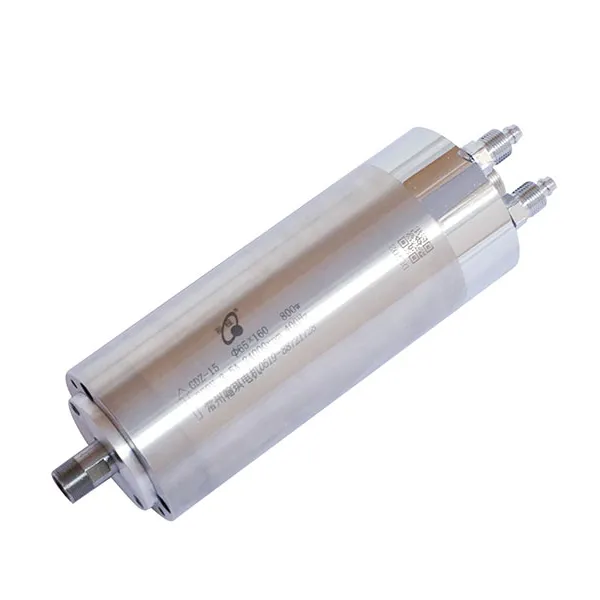
Calculating Stepover: A Practical Approach
Stepover is usually expressed as a percentage of the tool’s diameter. For instance, if you are using a tool with a 10mm diameter and have a 50% stepover, each pass will overlap the previous one by 5mm.
Determining the Ideal Stepover
- High-Quality Surface Finish: For a high-quality surface finish, stepover should be around 10% to 20% of the tool diameter. This will ensure minimal scallop height and a polished finish.
- Faster Machining: For faster machining, a stepover between 40% and 60% may be more appropriate. This setting reduces the total machining time but may leave visible tool marks.
Formula for Scallop Height
The scallop height refers to the ridges left behind after each pass of the tool. A smaller stepover results in a smaller scallop height, leading to a smoother surface. The following formula helps in determining scallop height:
The relationship between stepover and scallop height is crucial to understanding how to achieve the desired surface quality.
| Tool Diameter (mm) | Stepover (%) | Scallop Height (mm) |
|---|---|---|
| 10 | 20 | 0.25 |
| 10 | 40 | 0.50 |
| 10 | 60 | 0.75 |
For more precise machining needs, the 24000RPM 1.5KW ER11 Water-Cooled Spindle can handle operations that require finer stepovers and tighter tolerances. 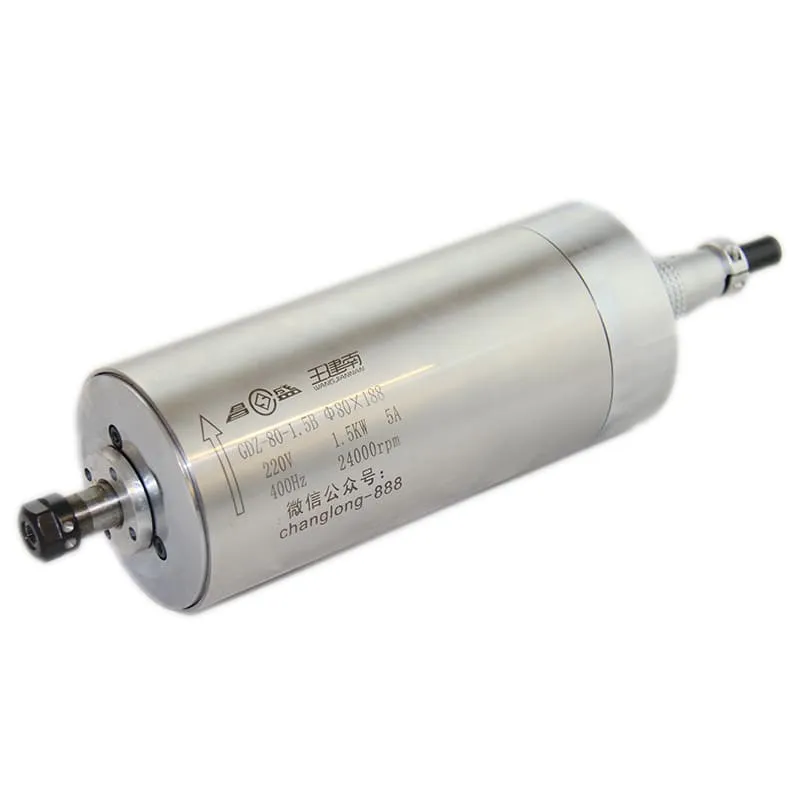
Factors Affecting Stepover Selection
Choosing the right stepover is not just about the tool or the material. Several factors influence this decision:
Material Type
Different materials behave differently under the tool. Harder materials like steel may require a smaller stepover to avoid tool breakage, while softer materials like foam can handle larger stepovers without compromising quality.
- Metals: Materials like stainless steel require smaller stepovers due to their hardness and potential to cause tool wear.
- Wood and Plastics: Larger stepovers are more suitable as these materials are easier to machine and do not wear out the tool as quickly.
Tool Diameter
The diameter of the tool directly influences the stepover value.
- Larger Tools: Allow for larger stepovers, making them suitable for roughing operations where speed is the primary goal.
- Smaller Tools: Should use smaller stepovers to maintain precision and prevent tool breakage, especially when working on intricate parts.
Machining Strategy
- Roughing: Roughing involves removing large amounts of material quickly. Here, a larger stepover is used to maximize efficiency.
- Finishing: For finishing passes, a smaller stepover is essential to achieve a high-quality surface.
Using high-quality components like a 60000RPM 1.2KW ER11 Water-Cooled Spindle can enhance the precision during finishing operations, ensuring that the smallest stepover settings are applied without any compromise. 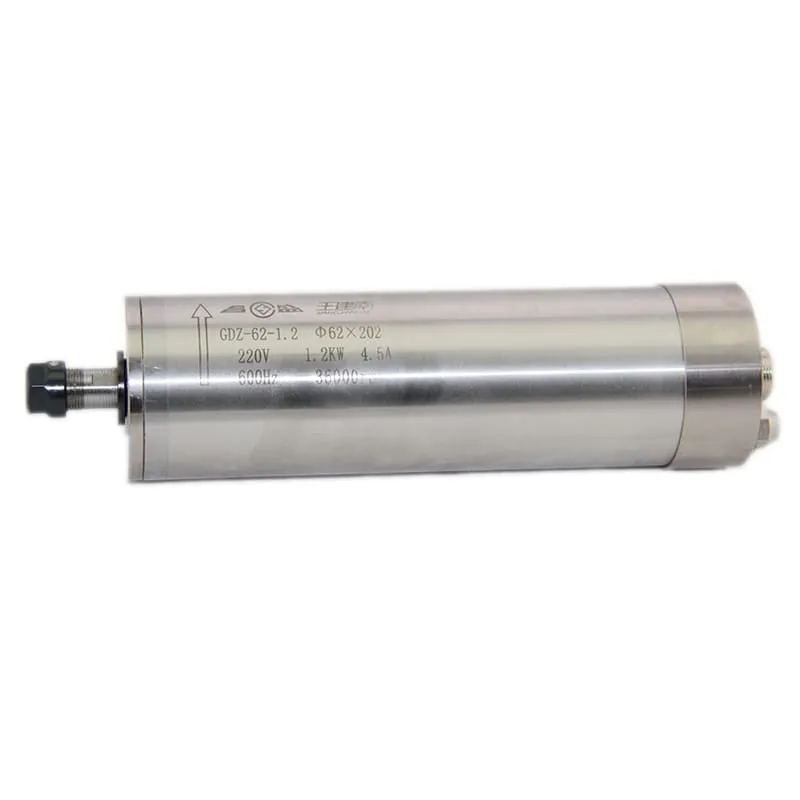
Balancing Stepover and Machining Time
The relationship between stepover and machining time is crucial. It’s a balancing act where both factors affect one another inversely.
Machining Time vs. Surface Finish
- Small Stepover: As the stepover decreases, the surface finish improves, but machining time increases significantly. This is suitable for parts where aesthetics or precise fits are crucial.
- Large Stepover: A larger stepover will lead to a rougher surface but will significantly reduce machining time. This is often used during roughing operations to remove material quickly.
To make the process efficient, machinists often use a combination of roughing and finishing passes. They start with a larger stepover for roughing to reduce machining time and switch to a smaller stepover for finishing.
Practical Tips for Selecting Stepover
Industry Best Practices
- Rule of Thumb: A good starting point is to use a stepover that is 10% to 50% of the tool diameter, depending on the requirements of the job.
- Test Cuts: Before machining a critical part, always perform test cuts on scrap material to evaluate the effect of different stepover values on both surface quality and machining time.
- CAM Software: Use CAM software to simulate the toolpaths. Programs like Fusion 360 allow you to visualize the impact of different stepover settings before the actual machining begins.
Choosing the Right Spindle Motor
Spindle motors are essential for ensuring consistency and precision during CNC machining. For operations that require fine-tuning, the 24000RPM 3.2KW ER20 Water-Cooled Spindle offers stability and control, ensuring that the chosen stepover results in a consistent and polished finish. 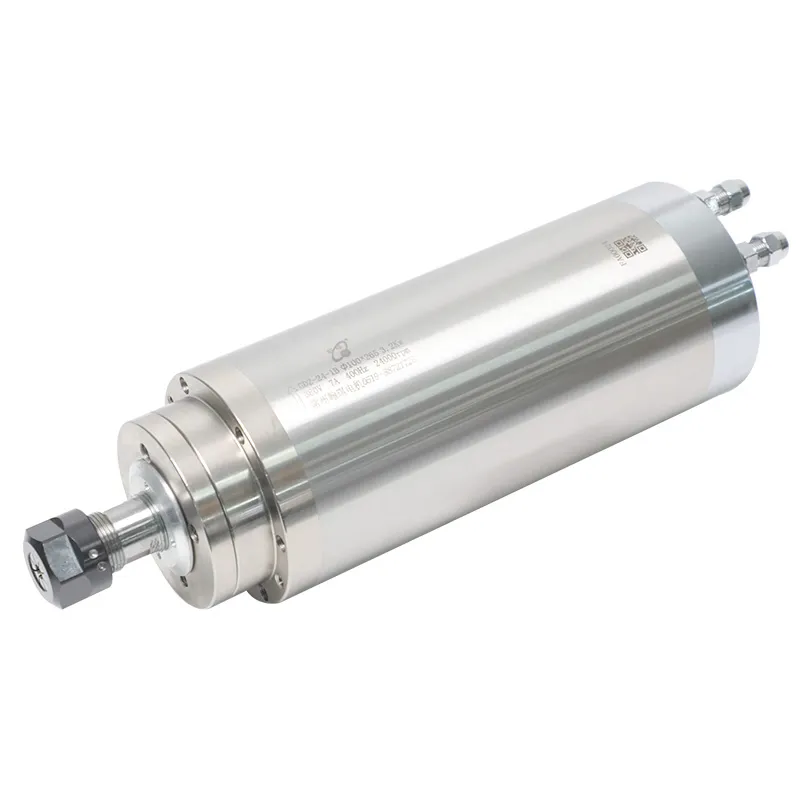
FAQs
1. What is the best stepover for finishing?
The best stepover for finishing usually ranges from 10% to 20% of the tool diameter. This ensures a smooth surface with minimal scallop height.
2. How does stepover affect tool wear?
A smaller stepover increases tool engagement with the material, leading to more wear. However, it also helps achieve finer surface finishes.
3. Is it better to use a large or small stepover?
It depends on the goal. Use a large stepover for roughing to save time, and a small stepover for finishing to improve surface quality.
4. Can stepover settings be changed during a machining operation?
Yes, CAM software allows you to change stepover settings for different stages of a machining operation, such as roughing and finishing.
5. What role does spindle speed play in determining stepover?
Spindle speed affects the cutting forces and heat generated during machining. An appropriate spindle speed paired with an optimal stepover can improve both tool life and surface finish.
Conclusion
Understanding stepover in CNC machining is crucial for achieving the desired balance between machining time and surface finish. A well-chosen stepover can significantly improve efficiency without compromising quality, and it varies depending on the material, tool size, and machining objectives. Remember, there’s no one-size-fits-all approach; the best stepover depends on the specifics of each project. For effective and precise CNC machining, using high-quality spindle motors like those available at spindlemotorshop.com is a crucial factor. Whether for roughing or finishing operations, making the right choices regarding stepover and equipment will lead to better results and more efficient machining processes.

